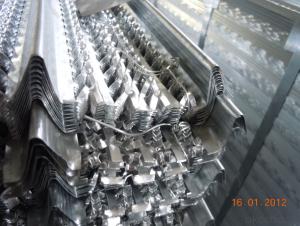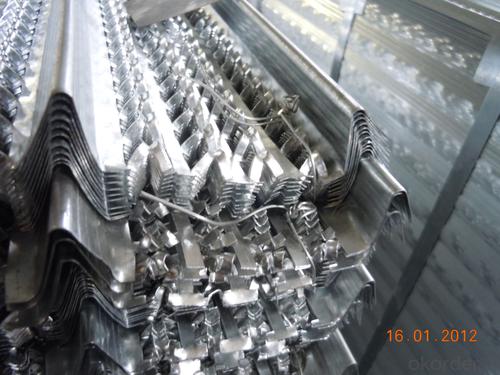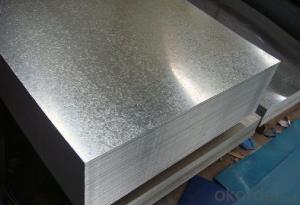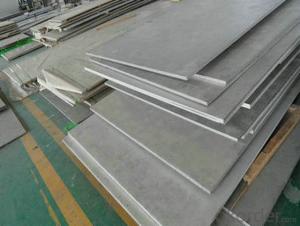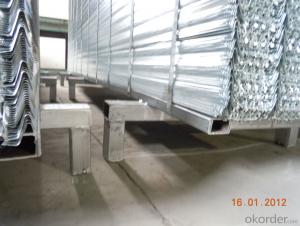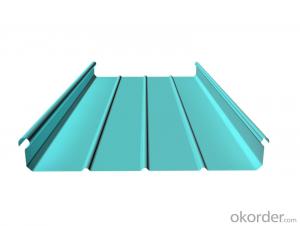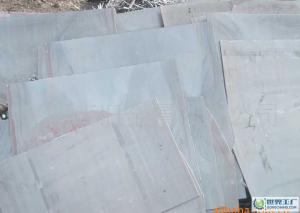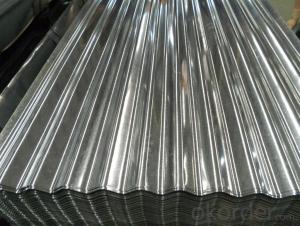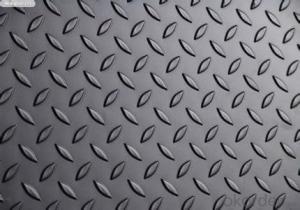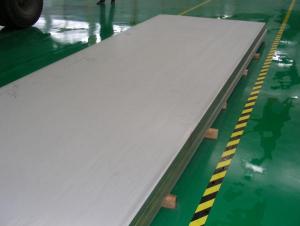GAVANIZED RIB MESH
- Loading Port:
- China Main Port
- Payment Terms:
- TT OR LC
- Min Order Qty:
- -
- Supply Capability:
- -
OKorder Service Pledge
OKorder Financial Service
You Might Also Like
GAVANIZED Rib Lath is widely used as plaster backing on ceilings, walls and stud partitions. Rib Lath is also ideal for refurbishing damaged or aged masonry walls when a key for rendering is not certain due to disintegration or softening of the wall face.
1.Material:Hot-dipped galvanized sheet
2.Application:
1).Construction formwork mesh has very good engineering quality and construction security;
2).Construction formwork mesh as the concrete permanent assembly
free sheet is much convenient for engineering design and processing;
3).Construction formwork mesh is widely used in tunnels,bridges and valve system and so on
to make the process of construction much more fast and stable.
ZINC COATING: G30 WEIGHT: 4.5KG/SHEET
- Q: Can the steel sheets be bent or formed into different shapes?
- Yes, steel sheets can be bent or formed into different shapes using a variety of techniques such as pressing, rolling, or using specialized machinery like hydraulic brakes or metal forming tools.
- Q: Can steel sheets be used for manufacturing HVAC systems?
- Yes, steel sheets can be used for manufacturing HVAC systems. Steel is a common material choice due to its strength, durability, and thermal conductivity properties, making it suitable for constructing various components of HVAC systems such as ductwork, housing units, and heat exchangers.
- Q: How are steel sheets protected during storage in outdoor environments?
- Steel sheets in outdoor environments are often protected through various measures. One effective technique involves applying a protective coating onto the surface of the sheets. This coating serves as a barrier, preventing direct contact between the steel and moisture or other environmental factors. It can take the form of paint, varnish, or a specialized substance that resists corrosion. Additionally, to provide an extra layer of protection, steel sheets can be covered with plastic wrap or a tarpaulin. This shields them from rain, snow, and other weather conditions that could potentially lead to rust or corrosion. Moreover, proper stacking and storage techniques play a crucial role in safeguarding steel sheets. It is important to store them in a dry and well-ventilated area, preferably on pallets or racks to keep them off the ground. Ample space between the stacks allows for air circulation, minimizing the risk of moisture accumulation. Regular maintenance and inspection are vital to ensure continuous protection of steel sheets in outdoor storage. The protective coating should be periodically examined for any signs of damage or wear, and any necessary touch-ups or reapplications should be promptly carried out. By implementing these protective measures, steel sheets can be shielded from the harsh elements commonly found in outdoor environments. This guarantees their longevity and preserves their quality.
- Q: How are steel sheets packaged for shipping?
- Typically, steel sheets are packaged in a manner that guarantees their protection during transportation. This is achieved through a series of steps aimed at preventing any damage or deformation that may occur during transit. To start, the steel sheets are commonly stacked on wooden pallets or placed in sturdy steel crates. This serves to create a stable base and prevents any movement or shifting of the sheets during transportation. Additionally, the use of pallets or crates facilitates the loading and unloading of the sheets onto trucks or containers. To further safeguard the steel sheets from scratches or other forms of surface damage, they are often wrapped with a layer of protective material. This can include plastic wraps, paper or cardboard interleaves, or even an application of oil or rust inhibitor. These protective materials act as a barrier, preventing any direct contact that could potentially cause scratches. Furthermore, steel sheets may be securely bundled together using steel strapping or wire. This bundling process helps to maintain the structural integrity of the sheets and prevents them from shifting or sliding during transportation. Lastly, once the steel sheets are appropriately packaged, they are typically labeled with pertinent information such as product specifications, quantity, and destination. This ensures ease of identification and proper handling at each stage of the shipping process. In summary, the packaging of steel sheets for shipping is meticulously carried out to ensure their safe and secure transportation. By utilizing pallets or crates, protective materials, bundling, and labeling, steel sheets can withstand the demands of shipping and reach their destination in optimal condition.
- Q: What is called steel plate sanding process?
- Sand blasting can remove the oxide surface and floating rust on the surface of steel plate. It is a good process before anticorrosion painting. Sandblasting of other components may be more useful for pre coating treatment.
- Q: Are steel sheets resistant to water or moisture damage?
- Yes, steel sheets are generally resistant to water or moisture damage due to their non-porous nature. However, prolonged exposure to water or moisture can lead to corrosion over time if the steel is not properly protected or coated.
- Q: How do steel sheets perform in terms of earthquake resistance?
- Steel sheets are highly effective in enhancing earthquake resistance due to their high strength and flexibility. The flexibility of steel enables it to absorb and dissipate seismic energy, reducing the impact on the structure. Additionally, steel sheets can be designed and fabricated to withstand specific seismic loads, making them a preferred choice for earthquake-resistant construction.
- Q: What is the minimum order quantity for the steel sheets?
- You must order at least 100 units of steel sheets.
- Q: How are steel sheets coated for corrosion resistance?
- Galvanization is a common technique for protecting steel sheets from corrosion. It involves adding a layer of zinc to the surface of the steel sheet. There are two ways to do this: hot-dip galvanization and electro-galvanization. During hot-dip galvanization, the steel sheet is dipped into a bath of molten zinc. The zinc adheres to the steel through a metallurgical reaction. This creates a protective barrier that prevents moisture and oxygen from reaching the steel, thus stopping corrosion. Electro-galvanization, on the other hand, uses an electric current. The steel sheet is placed in a zinc electrolyte solution, and the electric current causes the zinc ions to be attracted to the steel surface. This forms a thin layer of zinc coating. This method is usually used for thinner steel sheets or when a precise coating thickness is needed. Both hot-dip galvanization and electro-galvanization effectively protect steel sheets from corrosion. The zinc coating acts as a sacrificial layer, meaning it corrodes before the steel underneath. This prolongs the lifespan of the steel sheet and prevents rust. Additionally, the zinc coating can also provide a decorative finish, making it suitable for practical and aesthetic purposes. In conclusion, galvanization is a widely used and effective method for enhancing the corrosion resistance and durability of steel sheets.
- Q: Are steel sheets suitable for marine applications?
- Yes, steel sheets are suitable for marine applications. Steel is known for its high strength, durability, and corrosion resistance, making it an ideal material for various marine structures, such as ship hulls, offshore platforms, and marine equipment. Additionally, steel sheets can be easily fabricated and welded, providing versatility in design and construction.
Send your message to us
GAVANIZED RIB MESH
- Loading Port:
- China Main Port
- Payment Terms:
- TT OR LC
- Min Order Qty:
- -
- Supply Capability:
- -
OKorder Service Pledge
OKorder Financial Service
Similar products
Hot products
Hot Searches
Related keywords
